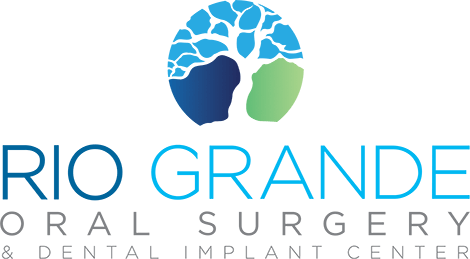Dental bone grafting is a minor oral surgery that replaces degenerated bone in the jaw. A bone graft may be harvested from your own body, it may come from a tissue bank, or synthetic material may be used to fortify the jaw bone. Dental bone grafting is most commonly performed on patients who intend to get dental implants but lack sufficient jaw bone to support the implants. However, others may be referred for dental bone grafting because they have naturally thin bones, have a jaw defect present from birth, or suffer from osteoarthritis. Read on for what to know about dental bone grafting.
Types of Bone Grafting Procedures
All dental bone grafting procedures replace or enhance the jaw bone. However, there are several specific types of bone grafting procedures that you may require.
Major Jaw Bone Grafting
This procedure is only performed if you’ve lost significant jaw bone due to a tumor, disease, or serious facial injury.
Ridge Augmentation
This is the most common procedure for those who intend to get dental implants. Ridge augmentation reinforces the ridge that supports the teeth.
Sinus Lift
This grafting procedure lifts the sinuses in patients who are getting dental implants in the upper arch.
Socket Preservation
This bone grafting procedure is often performed at the same time you have a tooth extracted in order to prevent the rapid loss of bone that occurs soon after a tooth is lost or removed.
Dental Bone Grafting Procedure: What to Expect
Your dental bone graft procedure will not be painful because you will not feel anything during the procedure. The area of the mouth to be treated will be completely numbed. You will also have the option of being sedated during your procedure. Sedation options include I.V. sedation or nitrous oxide (laughing gas) sedation.
Then, small incisions will be made in the gum near the jawbone. Your oral surgeon will clean and disinfect the area to be treated. The bone graft will then be placed to correct the deficiency in the jaw bone. A special membrane may be applied to cover the graft. Then, the gum tissue will be closed with stitches.
You may experience pain and swelling in the hours and days after your dental bone graft. You may be prescribed antibiotic medication to prevent infection. You will also receive post-surgical instructions to expedite healing. Any pain you experience can often be managed with over-the-counter or prescription pain medication.
You will be instructed to avoid brushing near the surgery site. You should also avoid chewy, spicy, extremely hot, or extremely cold foods in the days immediately following your dental bone graft. Your oral surgeon may also recommend that you ice the jaw to treat swelling.
Within a week or two, you’ll be feeling normal again, but it can take a few months for complete healing. You’ll return to your oral surgeon to check the progress of your recovery. If you intend to have dental implants, your oral surgeon can also give you an approximate timeline so that you can begin planning your implant surgery.
Dental Bone Grafting in Albuquerque
Rio Grande Oral Surgery and Dental Implant Center provides dental bone grafting procedures at our state-of-the-art facility. To learn more, or to schedule an appointment, call 505-821-2111. You may also request an appointment online.

